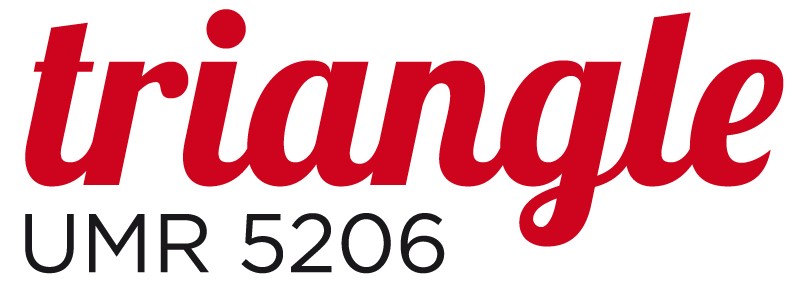
Ernesto Schwartz Marin : “The net worth of Mexican “indigenous DNA” : genomics, bioeconomy and the sovereign making of ancestry”
 17 novembre 2015 : 00h00 - 8 octobre 2015 : 10h15
17 novembre 2015 : 00h00 - 8 octobre 2015 : 10h15
 de 14 h à 17 h, à l’EHESS, salle 015, RdC, bât. Le France, 190-198 av de France 75013 Paris
de 14 h à 17 h, à l’EHESS, salle 015, RdC, bât. Le France, 190-198 av de France 75013 Paris
Presentation
Ernesto Schwartz Marin, Durham University, Royaume-Uni.
This paper explores the value(s) that “indigenous DNA” has acquired for population genomic research, bioeconomies, legal regulation and data/sample sharing practices in Mexico. I argue that it’s thanks to the successful enrolment —and sometimes erasure— of “indigenous DNA” or ancestry that advocates of the Mexican Institute of Genomic Medicine (INMEGEN) have been able to successfully collect various thousands of indige- nous biological samples without the bitter disputes that have characterised similar projects around the globe : for example the Human Genome Diversity Project, or the Colombian, Great Human Expedition-both of which came to an abrupt halt due to fierce opposition of indigenous representatives and NGO’s. Our story starts by exploring how indigenous ancestry was mobilised by advocates of human genomic research in order to give political import to the creation of the INMEGEN and the promises of a new bioeconomy based on the protection of 65 indigenous groups and the rest of Mexico’s mestizo (racially admixed) population “that has a unique genomic make up” (Jiménez-Sánchez 2002). Our story then travels to the Mexican Genome Diversity Project (MGDP) sampling jornadas, in which officers of the INMEGEN adapted informed consent processes to indige- nous participants “cosmovisions” ; in order to evade possible objections and public disputes. Afterwards it explores how the boundaries between indigenous and mestizo DNA are constituted in the laboratory, producing regimes of research and sample exchange, in which indigenous samples (for many practical and symbolic reasons) are considered to be more valuable. Finally it shows how once “indigenous DNA” reaches the legal realm, practices of silencing and erasure, flatten ethno-racial distinctions to leave in its place a more homogeneous “Mexican DNA”. In sum, the paper establishes that the distinctions between indigeneity and racial mixture are sharpened when talking about genetic diversity (a bioeconomical asset), and blurred when dealing with thorny ethical and legal issues (a possible source of confrontation), all of these transformations are crucial in order to establish ’Mexican Genomics’ as a common good in the service of public health, rather than a process of endo-colonialism.
